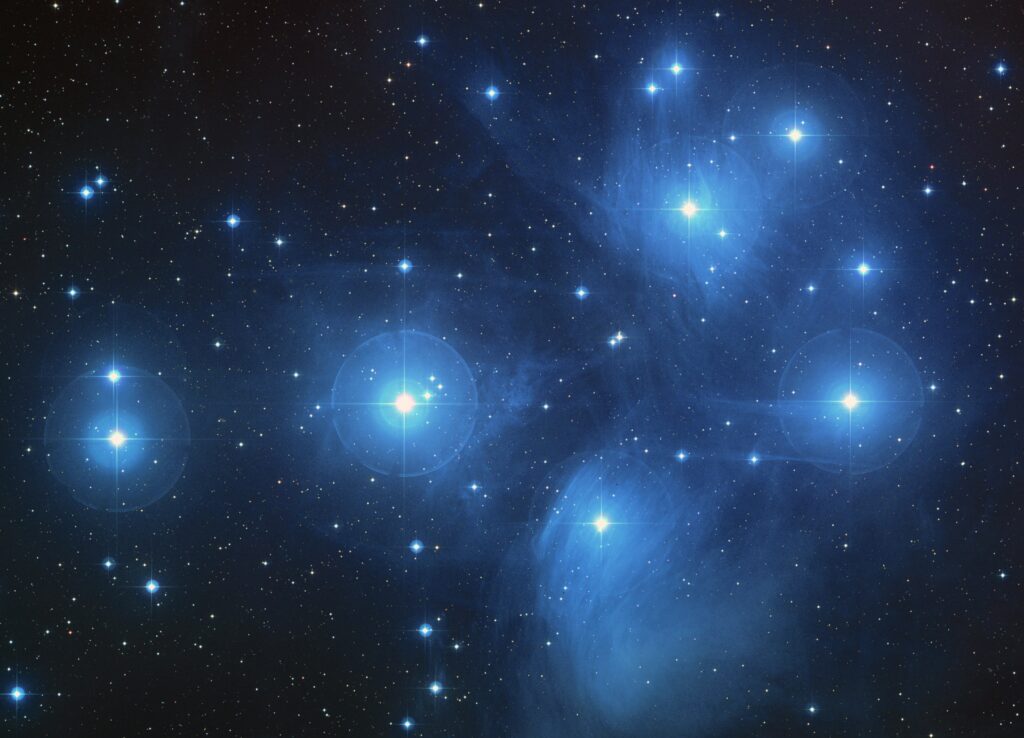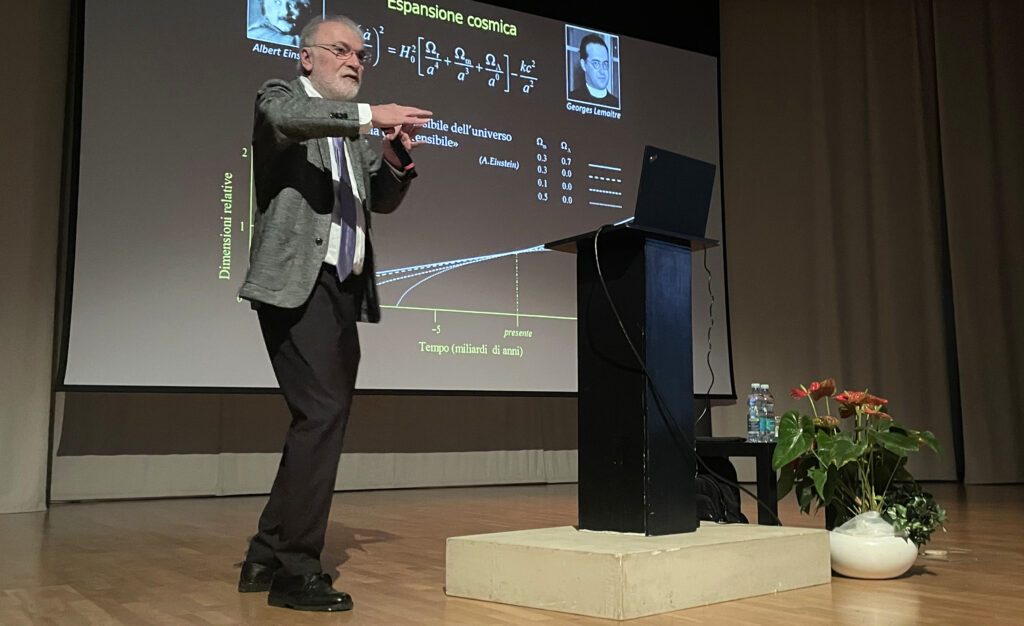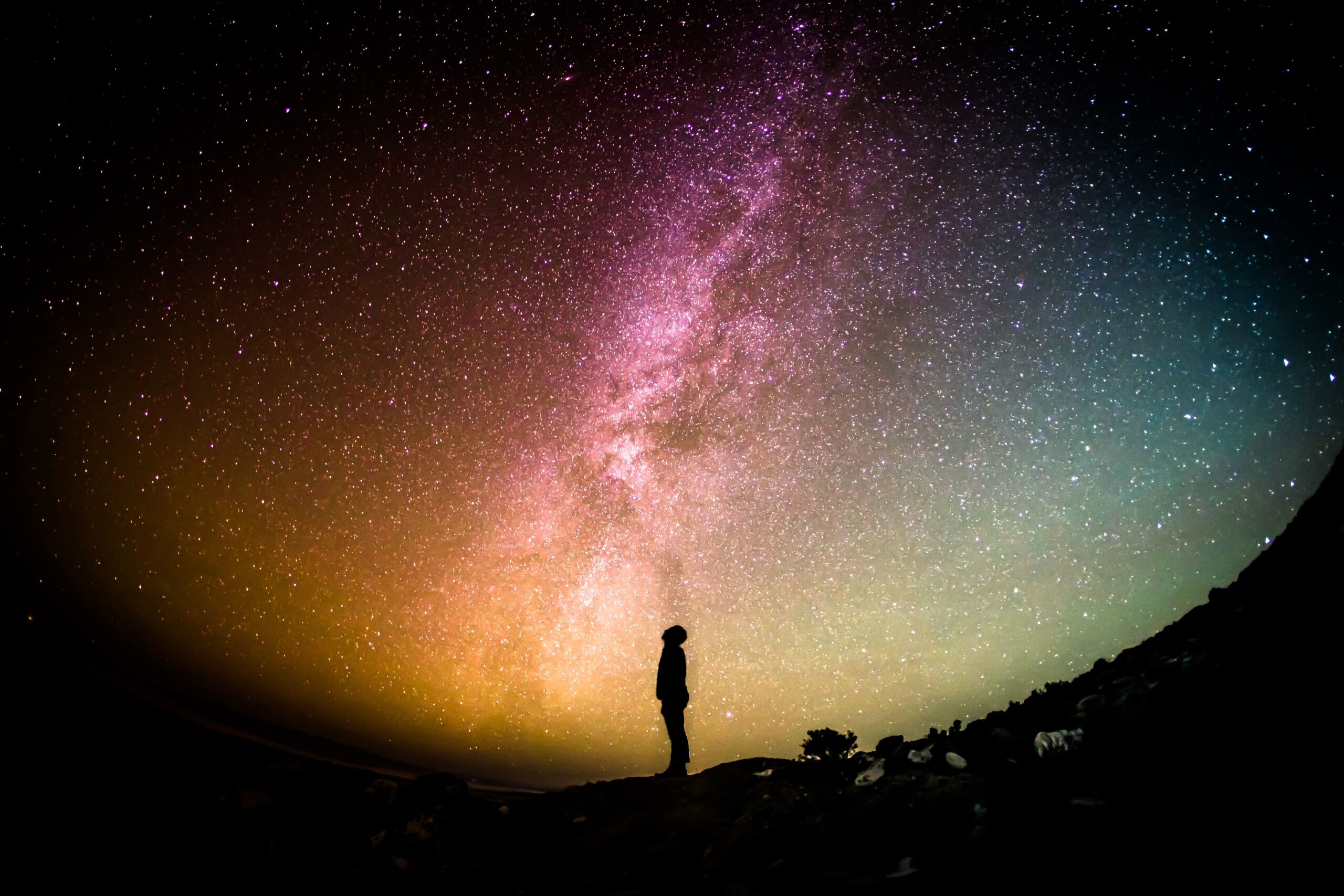Astrophysicist Marco Bersanelli, winner of the Renata Borlone Prize 2023, takes us on a journey to the origins of the universe and life. "Faith? I am grateful to be on this frontier with this gift of faith that I have received, and it has always led me to take a closer look at the world."
“One becomes an astrophysicist out of a passion that one has had since childhood,” says Marco Bersanelli, Professor of Astrophysics at the University of Milan. He is visiting Loppiano as the winner of the Renata Borlone Woman in Dialogue Award 2023. A prize that is awarded to “scholars of scientific research as an honorary recognition for those who have distinguished themselves in that field and expressed a humanistic approach to it.” The award ceremony is a short time away, but the professor seems to be in no hurry as he generously recounts: “Ever since I was 12, 13 years old, I was attracted by the sky and to the mystery of what was beyond what I was seeing. Over the years, this grew into a human nature predisposed to exact sciences. It turned into a journey – high school science, the School of Physics, PhD and all the other things I did.” One of those things was taking part in the European Space Agency (ESA) Planck mission that photographed the young universe that was only 380,000 years old.

“. . . An age that was 0.003% of the current age. It would be like looking at an adult human being and being able to trace back to what that person looked like when they were only a few hours old,” Bersanelli clarifies. “And this was possible by studying fossil light that was released in the early universe, released into space as soon as it became possible.”
Bersanelli goes on to explain, “. . . because first the universe was so dense and so hot that it trapped light. Then, at certain moment the universe expanded, the temperature dropped and it gradually cooled down until it reached the threshold where atoms and photons (which means light), were formed and could freely propagate in space. It was here that we were able to have a precise picture of what the universe looked like before the stars were born, the galaxies, all the complexity of the universe in which we live.”
What about life? “Life was a possibility, from the corporal, physical point of view, which intersects the whole history of the universe in an absolutely final way. That is, the conditions of that ‘baby’ universe in which the first stars and galaxies began to form is related in a final way to how the universe flourished over time. If those initial conditions had been even slightly different, the history, not only of our own solar system, but of the entire universe, would have been radically different. The very matter of which we are made comes from a history that is the history of the stars. We are stardust. That is, carbon and oxygen and nitrogen and all the elements crucial to life were forged in the stellar cores of generations of stars that preceded the formation of our solar system.”

It would have been quite easy to stay and listen to all things the Bernaselli was saying. Has his science challenged his Faith?
“Led me to a crisis of Faith? I’d have to say no,” he replies firmly. Experiencing the drama, the constant questioning that cannot be taken for granted. . . I am thankful to find myself on this frontier, with these very questions, with the gift of the Faith that I have received and that has always led me to take a closer look at the world. And, conversely, to have, as it were, a sense of gratitude and amazement at the greatness of what was planned for us. That is even greater.”
What would Dr. Bersanelli say today to that boy named Marco who was attracted by the sky? “I would say: Follow your passion. Never place limits on the size of the questions that will arise from your passion. Because that passion which is initially deep in its intensity, but still immature in its reasoning, will grow over time. Perhaps, thanks to what I have encountered in this Faith, my life tends to become more and more unified. And I would tell this to that boy: Life is beautiful.”

